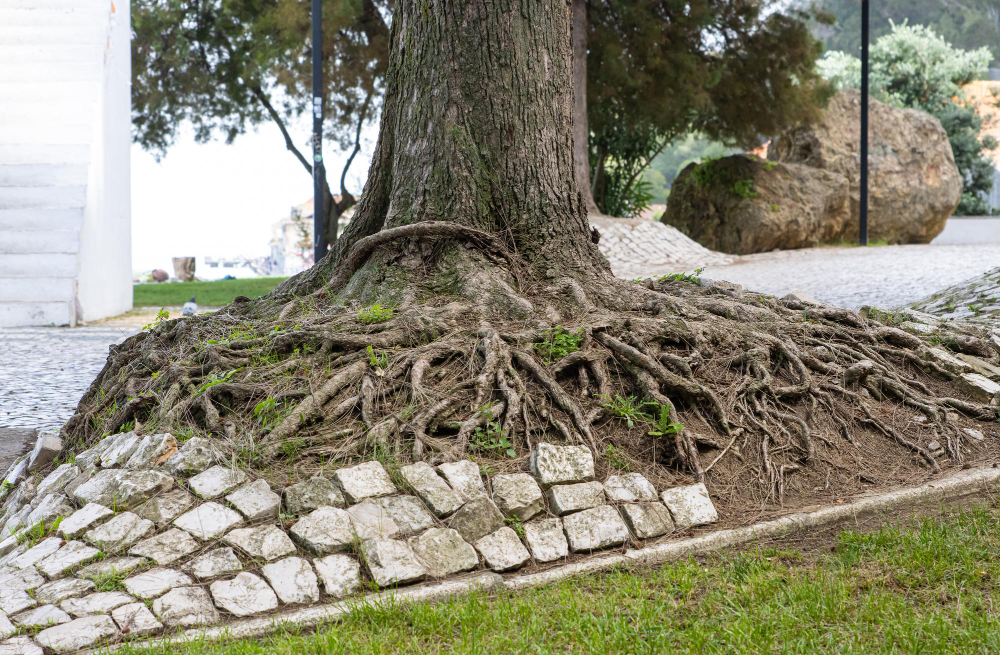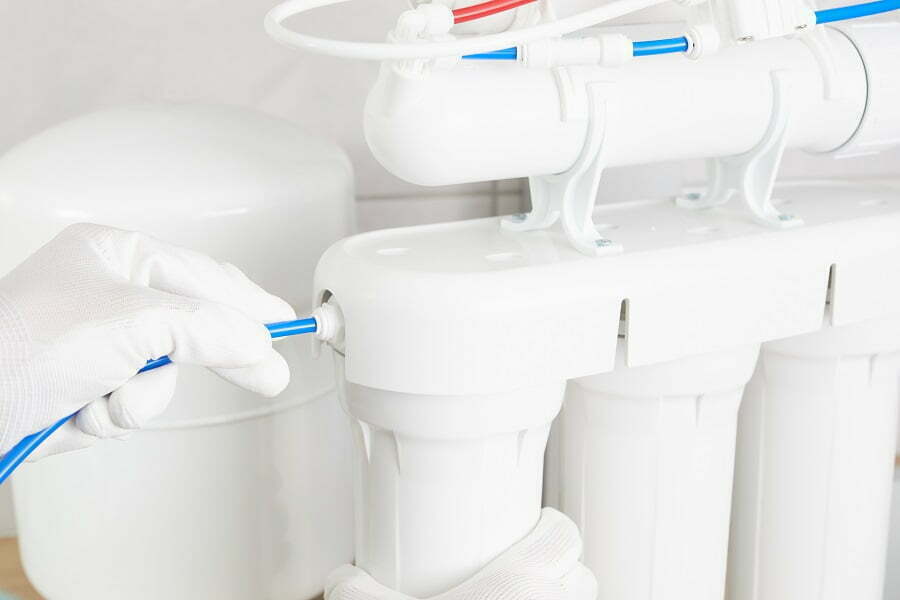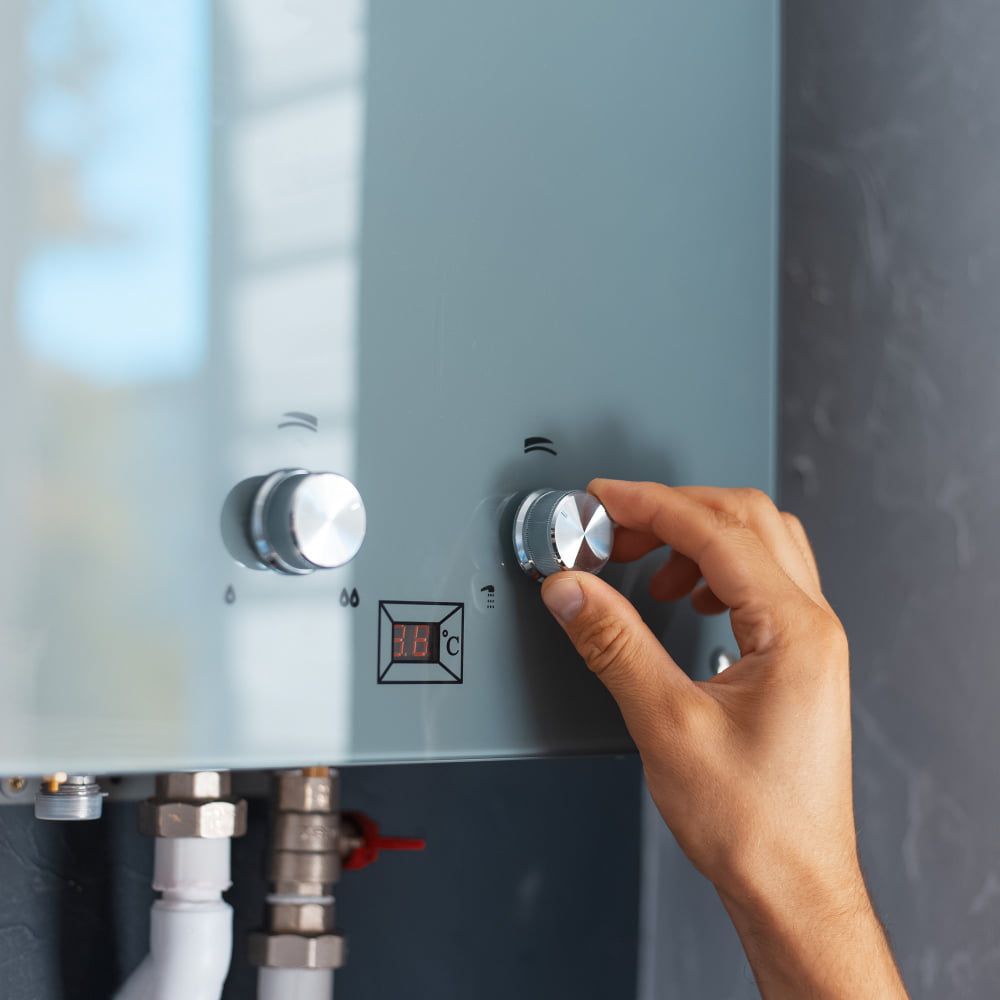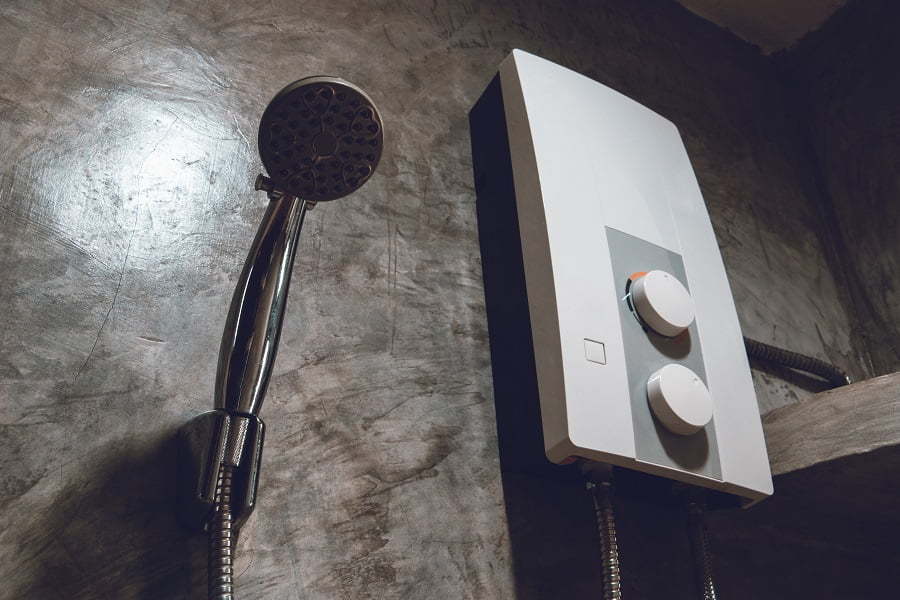Last updated on
Do you need to replace a manhole cover on your property? How do you know when it’s time? Here are four signs that tell the whole story. Read on!
Manholes are mostly found in parking lots, basements, backyards, and alleys. When maintained properly they may last you a lifetime. However, wear and tear due to weather conditions and other external influences can often lead to corroded or cracked manhole covers. Since manholes are subject to deterioration, they can eventually turn into road hazards and cause sewer blockage and damage to the surrounding area. Deterioration can also lead to significant health risks.
Below are the top 4 signs you need to replace your manhole cover.
Asphalt Deterioration
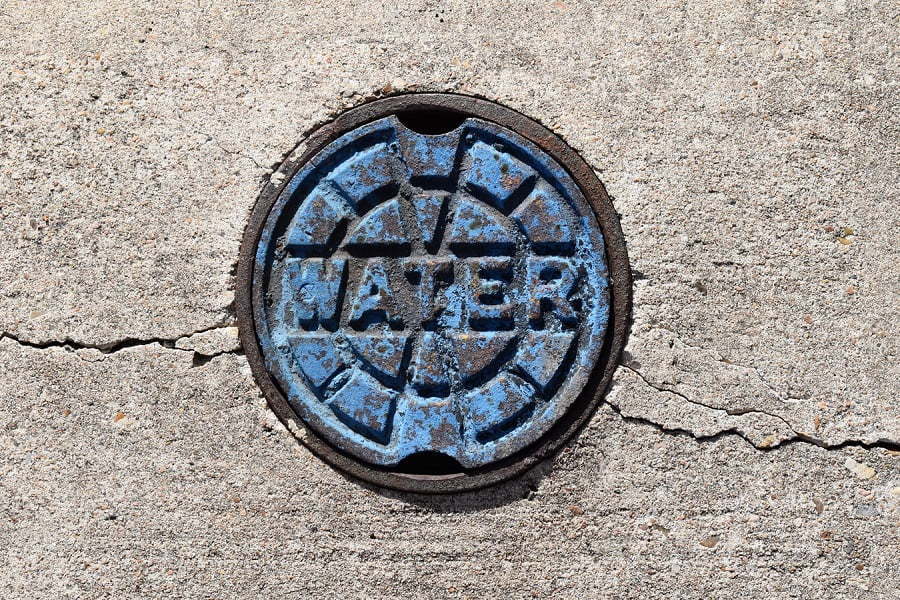
Pooling water around your manhole cover could often be due to a drainage problem. It’s important to get it checked before it can cause serious damage. This situation not only causes a problem for pedestrians but can also damage your asphalt manhole cover. Asphalt deteriorates when it becomes waterlogged. This occurs when it becomes wet from too much rain or too many leaves falling on it. When it is left wet for a long time, it becomes hard and brittle and starts to crumble. This causes small holes to start appearing around your manhole cover.
If you’ve noticed a gradual change in the appearance and condition of your manhole cover, then it’s time to make an inspection to see why your manhole cover might be deteriorating. This will give you an idea if you need to repair your manhole cover or replace it completely. If you do need to get a replacement for your manhole cover, make sure you’re getting it from a trusted supplier.
Root Invasion
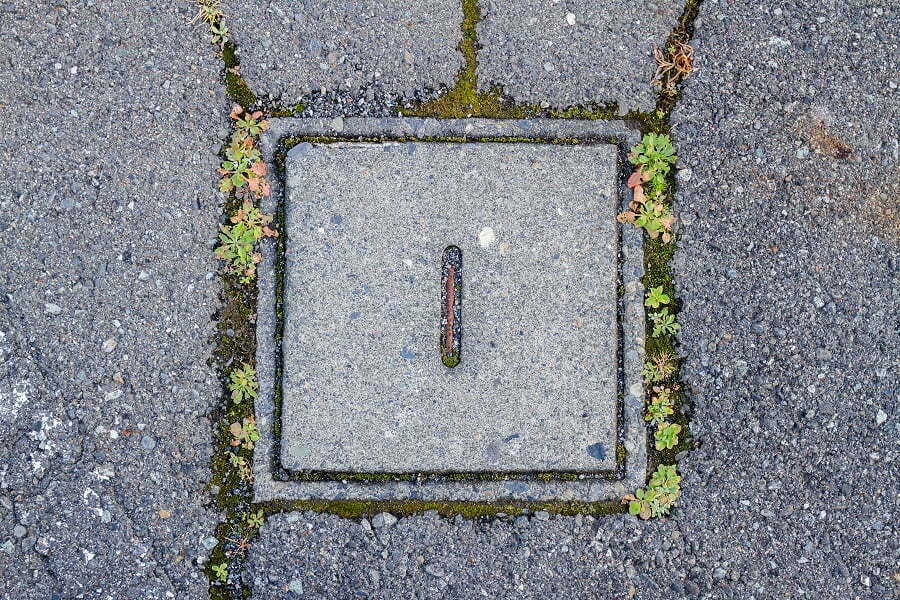
Root invasion is one of the biggest causes of manhole cover damage. When a manhole is made beside a good-sized tree, there’s likely to be root invasion since brick walls are easily accessible for tree roots. Tree roots tend to enter the manhole chamber through the old cast iron frames of the manhole cover. As the cast iron covers are corroded, they expand and loosen the mortar around the manhole cover. This can be further exacerbated by vehicle movement on top of it. As the roots invade the manhole cover, the water pressure in the system can increase causing a clog and flooding.
In most cases, manhole covers are designed to prevent root invasion when they are first installed. However, over time, manhole covers can become weaker due to water pressure and a weaker cover may allow roots to penetrate the seal. The weak manhole cover can then allow the roots to take over the seal, causing extensive damage. Older manhole covers are usually more susceptible to root intrusion due to the lack of effective seals in many older systems. Root intrusions don’t only cause a problem to your manhole cover but have the potential to damage your entire plumbing system.
Sewer Blockages

Over time, as the waste gets accumulated in the sewer drains, they build up and can clog your sewer lines, causing serious pooling in your asphalt surfaces, including your manhole covers.
Most people who have sewer blockage or problems with their sewer lines are unaware of the damage it can do to their manhole covers too. Many homeowners don’t even know that a manhole cover can help keep sewers from flowing through the pipes. If you’re one of the many homeowners who have ignored the maintenance of this simple safety device, then it’s time to take an honest look at your options. A manhole cover can save you from major problems that can cause serious health risks.
Once your manhole cover has been replaced, make sure to prevent the same sewer blockage problem. Don’t pile mulch, leaves, or garbage in your yard. Debris could flush into the sewage drains, blocking the drainage paths. Regularly clean your yard to eliminate any visible blockage. Rake leaves and other debris, especially around the manhole area. Call your local water or sewer department if you suspect a severe sewer blockage problem.
Deterioration of Brick and Mortar around the Manhole
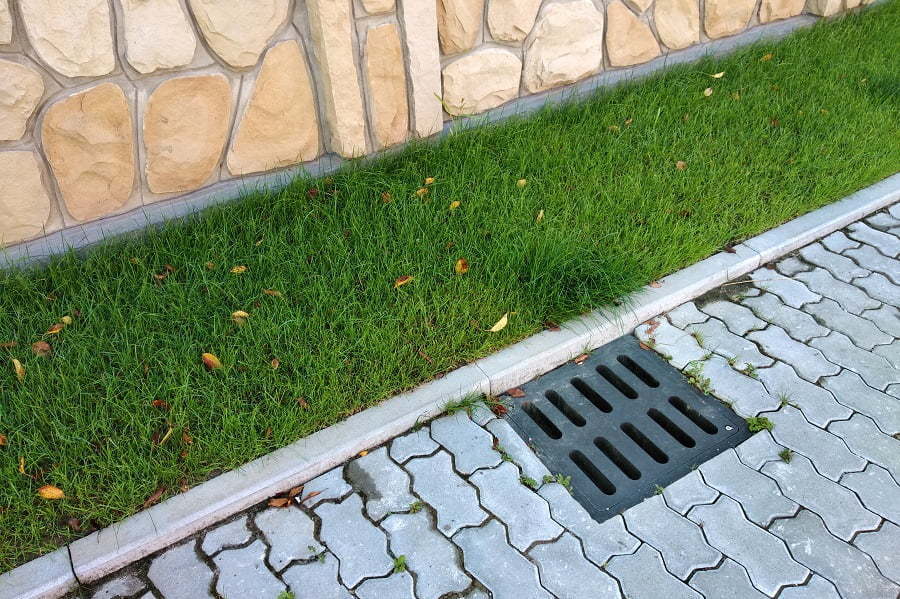
Extreme weather conditions, traffic, and natural disasters like earthquakes can damage the brick and mortar that supports your manhole cover. If the brick and mortar holding the manhole cover are damaged, certain areas can sink suddenly. This can then lead to serious pedestrian injuries if left unchecked. That’s why it’s important to include the inspection of your drains and manhole covers with your external inspection plan.
It also helps to learn how to minimize or prevent flood damage in your property caused by plumbing problems and manhole deterioration. Understanding what type and how to install water detection systems, alarms, and sensors is one way. In this way, you’ll receive a notification when leaks or flood occurs within your property. You can incorporate your advanced detection systems into your home security system or smart home to send an alert before a minor water problem becomes a major disaster.
Replacing Your Manhole Cover
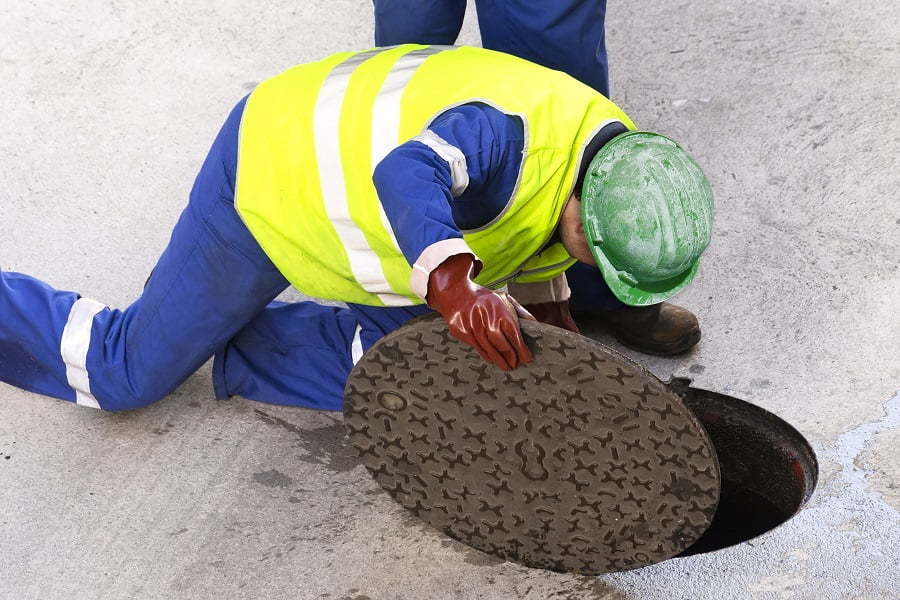
Once you’ve decided to change your manhole cover, you may need to consider several things so that you can make sure that your cover will work right for your needs. The easiest way to get your manhole cover replaced is to contact a reputable professional who has experience and knowledge. However, you can also do this yourself.
To do it yourself, follow the steps below:
- Start by finding a good quality manhole cover that fits your needs. Manhole covers are found primarily in three types of materials; plastic, iron, and steel.
- Measure out space where you want to place the cover. Make sure that it is big enough for your requirements. Manhole covers are of two types—standard manhole covers and internal manhole covers. Internal manhole covers are metal trays that can be utilized in an extension or garage. These often incorporate a double seal to ensure that there’s no odor leakage.
- Once you have made your decision about a cover, you can now proceed with the process of installing it. Start by removing the old cover. Then, make sure that you line it up with the hole that you are going to be covering.
- After you have done this, screw the new cover onto your manhole. Make sure that it’s snug against the wall and that the screws that hold it down are tight enough to make sure that your cover will be able to function properly.
Manhole Maintenance
Manhole cleaning and maintenance involve employing high-pressure water. In this way, the manhole and all the sides of the sewer will be clean, eliminating all debris and smudge. The cleaning contractor will inspect the manhole and part of the maintenance to determine current and potential issues. Whether you find your manholes or sewer drains in the parking lot, basement, backyard, or alley, they should undergo annual maintenance to last a lifetime.
The Takeaway
Proper maintenance of a manhole cover can be easily overlooked. However, if left unnoticed, damaged manhole covers can lead to serious health risks and also damage your property. Some of the most common signs that your manhole cover needs changing are pooling of water around the manhole that often leads to asphalt deterioration, an intrusion of roots on the manhole cover, regular sewer blockages that damage the manhole cover, and deterioration of brick and mortar around the manhole cover.
If you’ve decided to change your cover, your first move is to measure the area and find a cover that suits your needs. Get an accurate measurement of the hole. This measurement will help you find the correct size cover for your hole. You’ll need to determine the height, width, and depth of the hole before you decide to buy or build a new cover. Once you have this information, you can start looking for covers that are appropriate and durable.
Related reading:
Table of Contents
